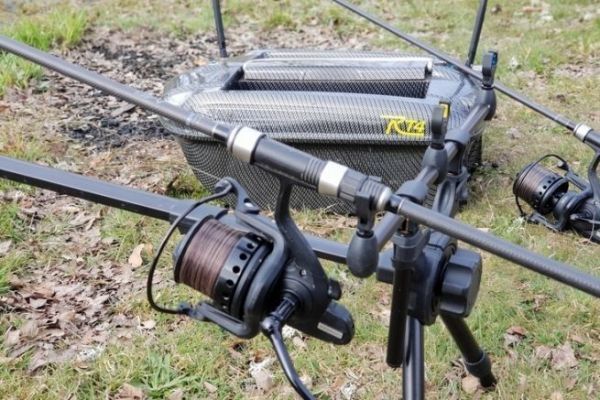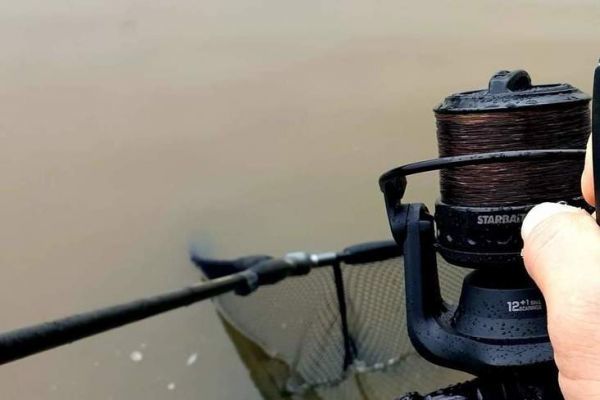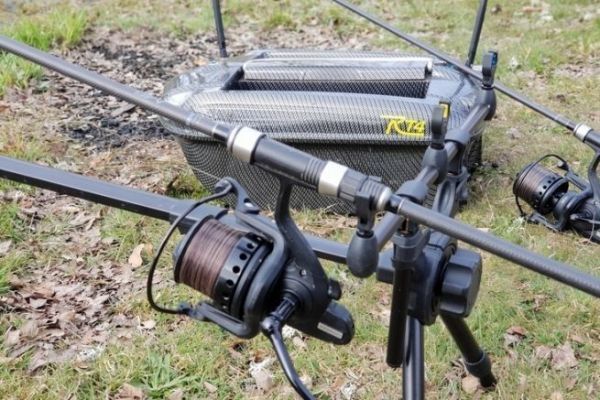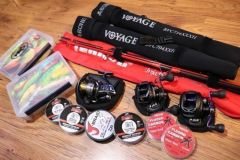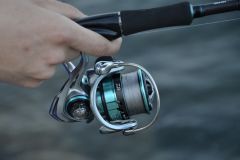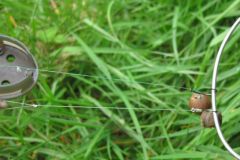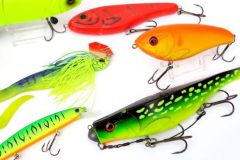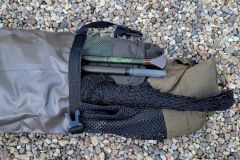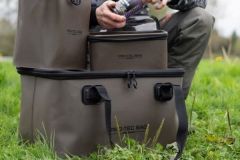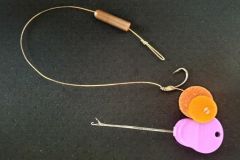Nylon isn't perfect. Some prefer braid, but in my opinion nylon is more versatile. On the other hand, certain precautions must be taken to limit its disadvantages. Here are a few tips to limit the disadvantages and optimize the advantages.

Check your nylon regularly
Of course, nylon is not perfect. It's important to check it regularly for weaknesses that could prove fatal when casting or fighting. In fact, depending on the type of fishing we do, nylon is subject to many stresses: long-distance casting, use of the bait boat, fighting in obstacles, and the list goes on. As a result, the nylon may exhibit significant twisting over a certain length, or even snagging... These are all weaknesses to be eliminated as soon as you notice them.
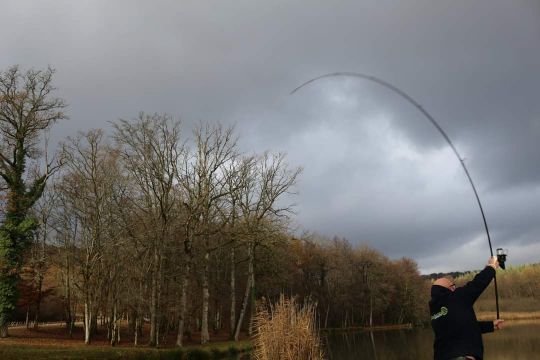
Maintaining your wire
For optimum performance, we recommend degreasing and washing the wire of any residues (algae, accumulated dirt...). Twice a year is a good frequency. On the other hand, it should be done as soon as you return from a particular session (lots of algae, etc.).
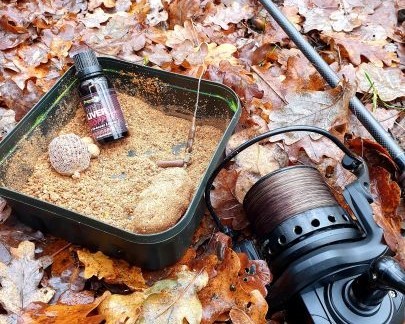
Limiting twisting
It's important to wind your nylon tightly onto the spool to limit twisting. We'll come back to this later. Here are a few other tips to limit twisting:
- Don't use the drag to take your line out with a baitboat, or in a conventional boat for that matter.
- Deactivate the anti-reverse to mill backwards to give thread during combat.
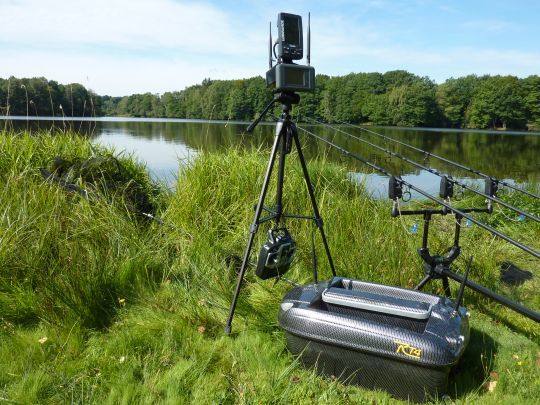
Filling, a crucial step
Filling your spool with nylon is a step not to be neglected. Here's how:
- Make sure the reel spool is clean.
- Keep the new nylon spool in the water for about an hour.
- Pass the nylon through the first ring of the reel section of the rod.
- Tie a knot in the spool. Don't forget to open the pick-up beforehand, then close it again once the knot has been made.
- Leave the spool in the water and wind while applying light tension. I use a slightly damp cloth to maintain this tension.
- Grind at constant speed and fill until the nylon hugs the edge of the spool lips.

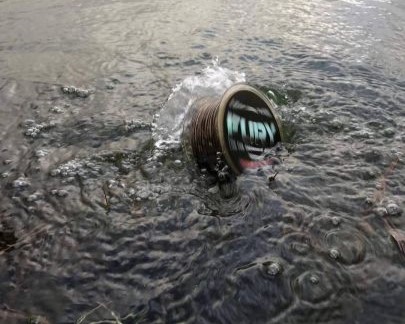
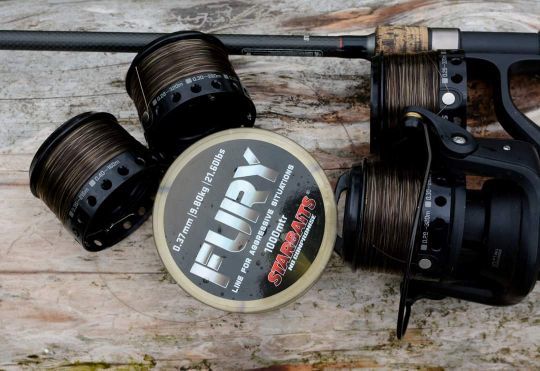
Nylon isn't perfect, of course, as it has many drawbacks, but it's still the most versatile choice for carp fishing in many conditions. However, certain precautions must be taken.
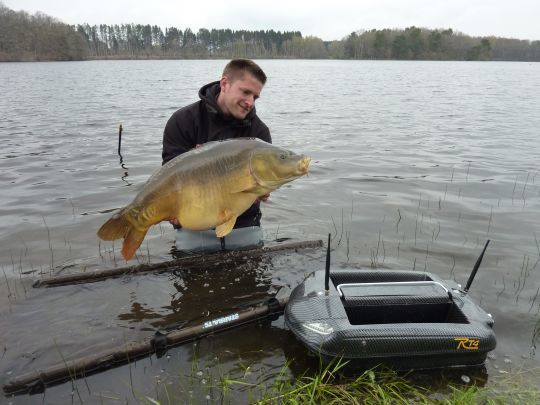

 /
/ 